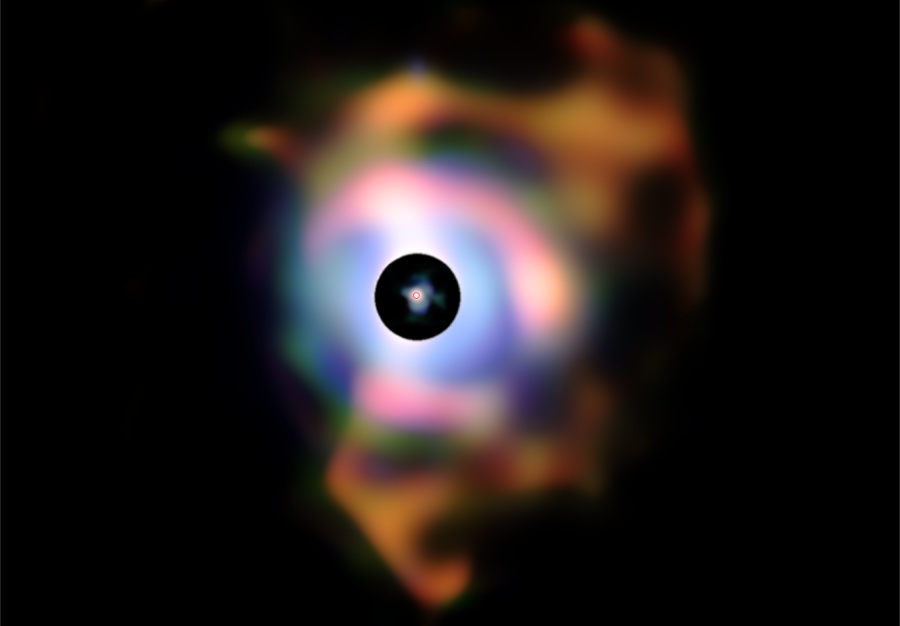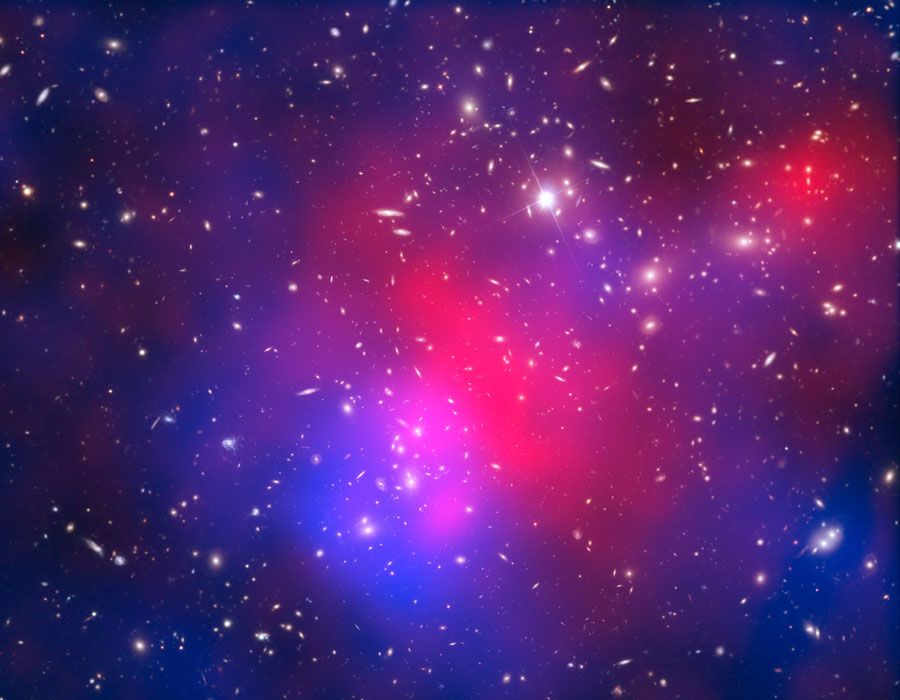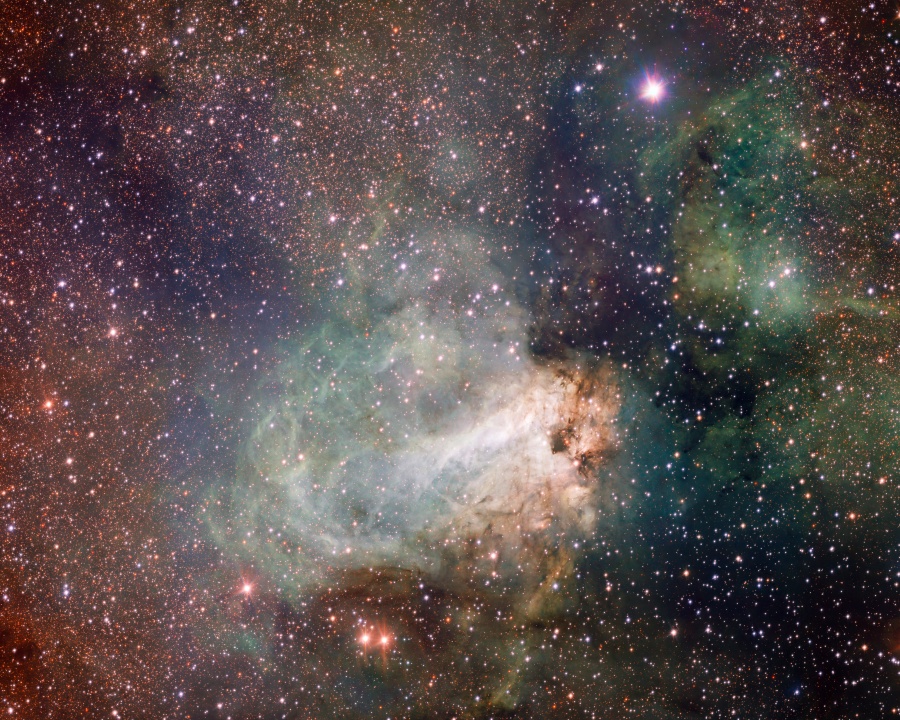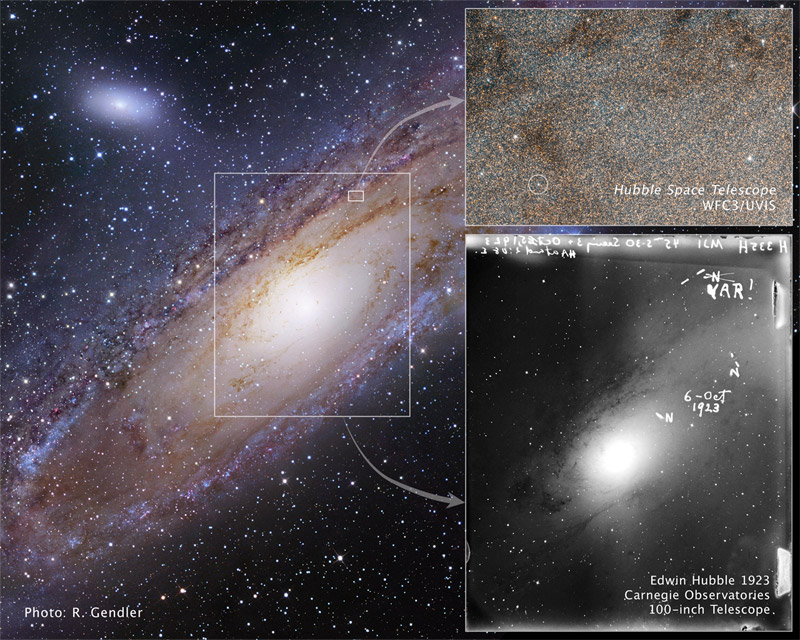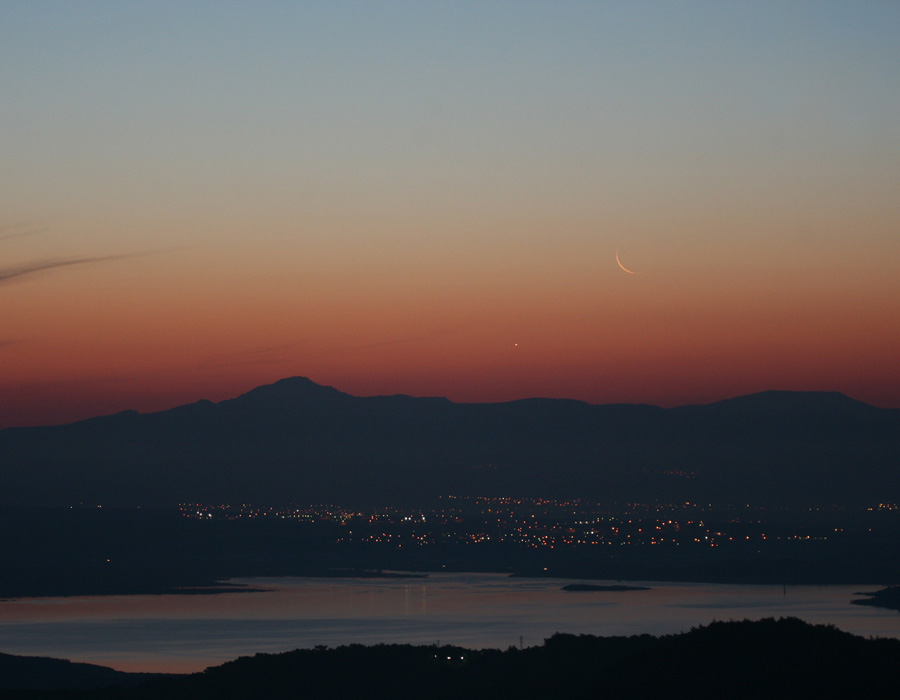_______________________________________________________________
Please vote for the TWO best Astronomy Pictures of the Day (image and text) of June 26-July 2, 2011.
(Repeated APODs are not included in the poll.)
All titles are clickable and link to the original APOD page.
We ask for your help in choosing an APOW as this helps Jerry and Robert create "year in APOD images" review lectures, create APOM and APOY polls that can be used to create a free PDF calendar at year's end, and provides feedback on which images and APODs were relatively well received. You can select two top images for the week.
We are very interested in why you selected the APODs you voted for, and enthusiastically welcome your telling us why by responding to this thread.
Thank you!
_______________________________________________________________
<- Previous week's poll
Cosmic dust clouds sprawl across a rich field of stars in this sweeping telescopic vista near the northern boundary of Corona Australis, the Southern Crown. Probably less than 500 light-years away and effectively blocking light from more distant, background stars in the Milky Way, the densest part of the dust cloud is about 8 light-years long. At its tip (upper right) is a group of lovely reflection nebulae cataloged as NGC 6726, 6727, 6729, and IC 4812. A characteristic blue color is produced as light from hot stars is reflected by the cosmic dust. The smaller yellowish nebula (NGC 6729) surrounds young variable star R Coronae Australis. Magnificent globular star cluster NGC 6723 is toward the upper right corner of the view. While NGC 6723 appears to be part of the group, it actually lies nearly 30,000 light-years away, far beyond the Corona Australis dust clouds.
An expansive nebula of dust is seen to surround red supergiant star Betegeuse in this remarkable high resolution composite, an infrared VLT image from the European Southern Observatory. Betelgeuse itself is outlined by the small, central red circle. If found in our own solar system its diameter would almost encompass the orbit of Jupiter. But the larger envelope of circumstellar dust extends some 60 billion kilometers into space, equivalent to about 400 times the Earth-Sun distance. The dust is likely formed as the swollen atmosphere of the supergiant sheds material into space, a final phase in the evolution of a massive star. Mixing with the interstellar medium, the dust could ultimately form rocky terrestrial planets like Earth. The central bright portion of the outer image has been masked to reveal fainter extended structures. The field of view is 5.63 arcseconds across.
Why is this cluster of galaxies so jumbled? Far from a smooth distribution, Abell 2744 not only has knots of galaxies, but the X-ray emitting hot gas (colored red) in the cluster appears distributed differently than the dark matter. The dark matter, taking up over 75 percent of the cluster mass and colored blue in the above image, was inferred by that needed to create the distortion of background galaxies by gravitational lensing. The jumble appears to result from the slow motion collision of at least four smaller galaxy clusters over the past few billion years. The above picture combines optical images from the Hubble Space Telescope and the Very Large Telescope with X-ray images from the Chandra X-Ray Observatory. Abell 2744, dubbed Pandora's cluster, spans over two million light years and can best be seen with a really large telescope toward the constellation of the Sculptor.
Sculpted by stellar winds and radiation, the star factory known as Messier 17 lies some 5,500 light-years away in the nebula-rich constellation Sagittarius. At that distance, this degree wide field of view spans almost 100 light-years, courtesy of ESO's new VLT Survey Telescope and OmegaCAM. The sharp, false color image includes both optical and infrared data, following faint details of the region's gas and dust clouds against a backdrop of central Milky Way stars. Stellar winds and energetic light from hot, massive stars formed from M17's stock of cosmic gas and dust have slowly carved away at the remaining interstellar material producing the cavernous appearance and undulating shapes. M17 is also known as the Omega Nebula or the Swan Nebula.
In the 1920s, examining photographic plates from the Mt. Wilson Observatory's 100 inch telescope, Edwin Hubble determined the distance to the Andromeda Nebula, decisively demonstrating the existence of other galaxies far beyond the Milky Way. His notations are evident on the historic plate image inset at the lower right, shown in context with ground based and Hubble Space Telescope images of the region made nearly 90 years later. By intercomparing different plates, Hubble searched for novae, stars which underwent a sudden increase in brightness. He found several on this plate and marked them with an "N". Later, discovering that the one near the upper right corner (marked by lines) was actually a type of variable star known as a cepheid, he crossed out the "N" and wrote "VAR!". Thanks to the work of Harvard astronomer Henrietta Leavitt, cepheids, regularly varying pulsating stars, could be used as standard candle distance indicators. Identifying such a star allowed Hubble to show that Andromeda was not a small cluster of stars and gas within our own galaxy, but a large galaxy in its own right at a substantial distance from the Milky Way. Hubble's discovery is responsible for establishing our modern concept of a Universe filled with galaxies.
Brilliant Venus and a thin crescent Moon stood together above the eastern horizon just before sunrise on June 30. The lovely celestial pairing is captured in this colorful twilight skyview overlooking a reservoir near Izmir, Turkey. For some, the close conjunction could be viewed as a daylight occultation. While Venus is nearing the end of its latest performance as planet Earth's morning star, the old lunar cresent, about 24 hours from its New Moon phase, was also bidding farewell for now to the dawn. In fact, for the next two nights a young Moon can be spotted just after sunset. Look for a thin sunlit sliver close to the western horizon, not far from bright planet Mercury.
<- Previous week's poll
Poll: Astronomy Picture of the Week for 2011 June 26-July 2
Poll: Astronomy Picture of the Week for 2011 June 26-July 2
A closed mouth gathers no foot.
Re: Poll: Astronomy Picture of the Week for 2011 June 26-Jul
My two picks were: VAR!; for its historical value and as a reminder to us here in the digital/electronic age that most of our knowledge and great discoveries were made with ground-based, optical instruments, eyeballs and the processing power of the human brain; and Stardust and Betelgeuse; for the demonstration how our current technology can advance our understanding of stellar objects and for the amount of education packed into the descriptive paragraph associated with the imagery.
I must admit that in the past I've also just picked the prettiest/most dramatic image as my favorites.
Thanks to all for providing these wonderful images. <;,><
I must admit that in the past I've also just picked the prettiest/most dramatic image as my favorites.
Thanks to all for providing these wonderful images. <;,><

